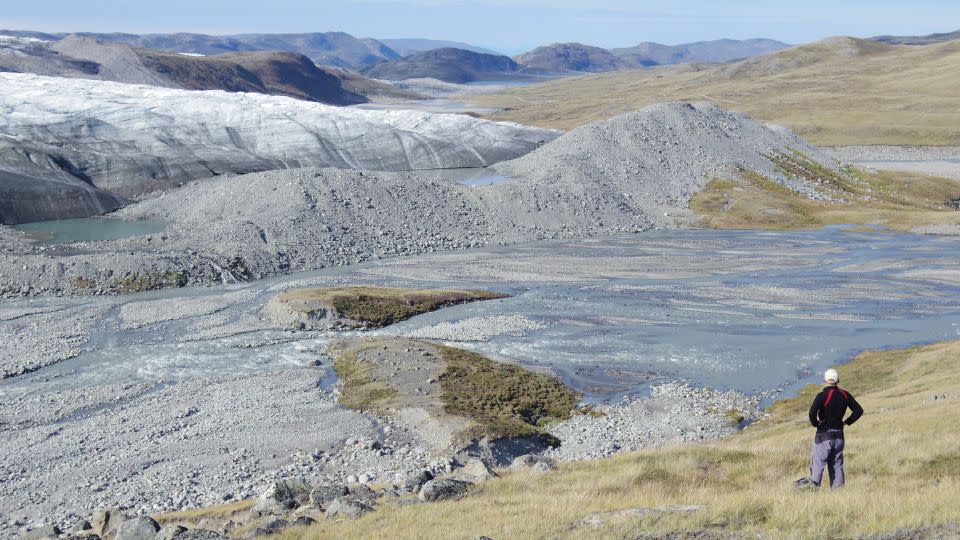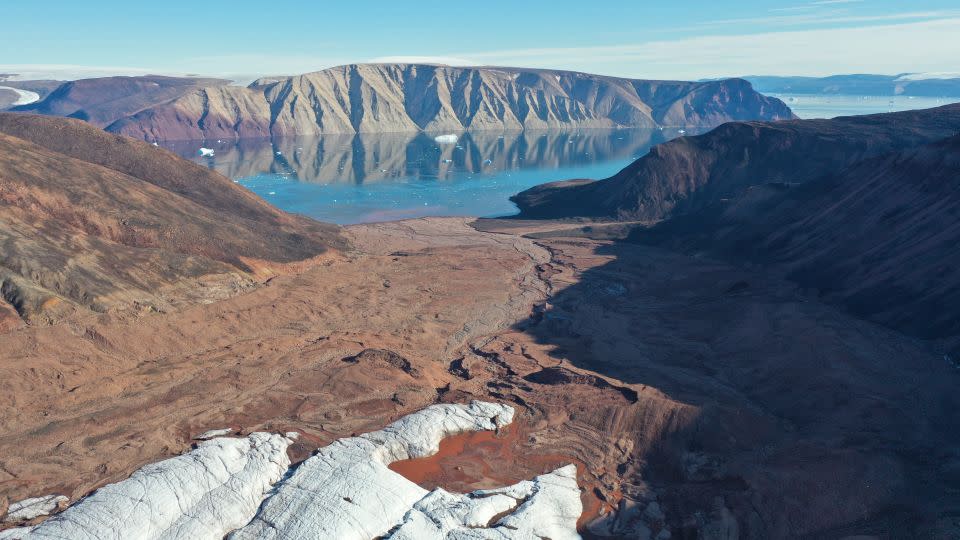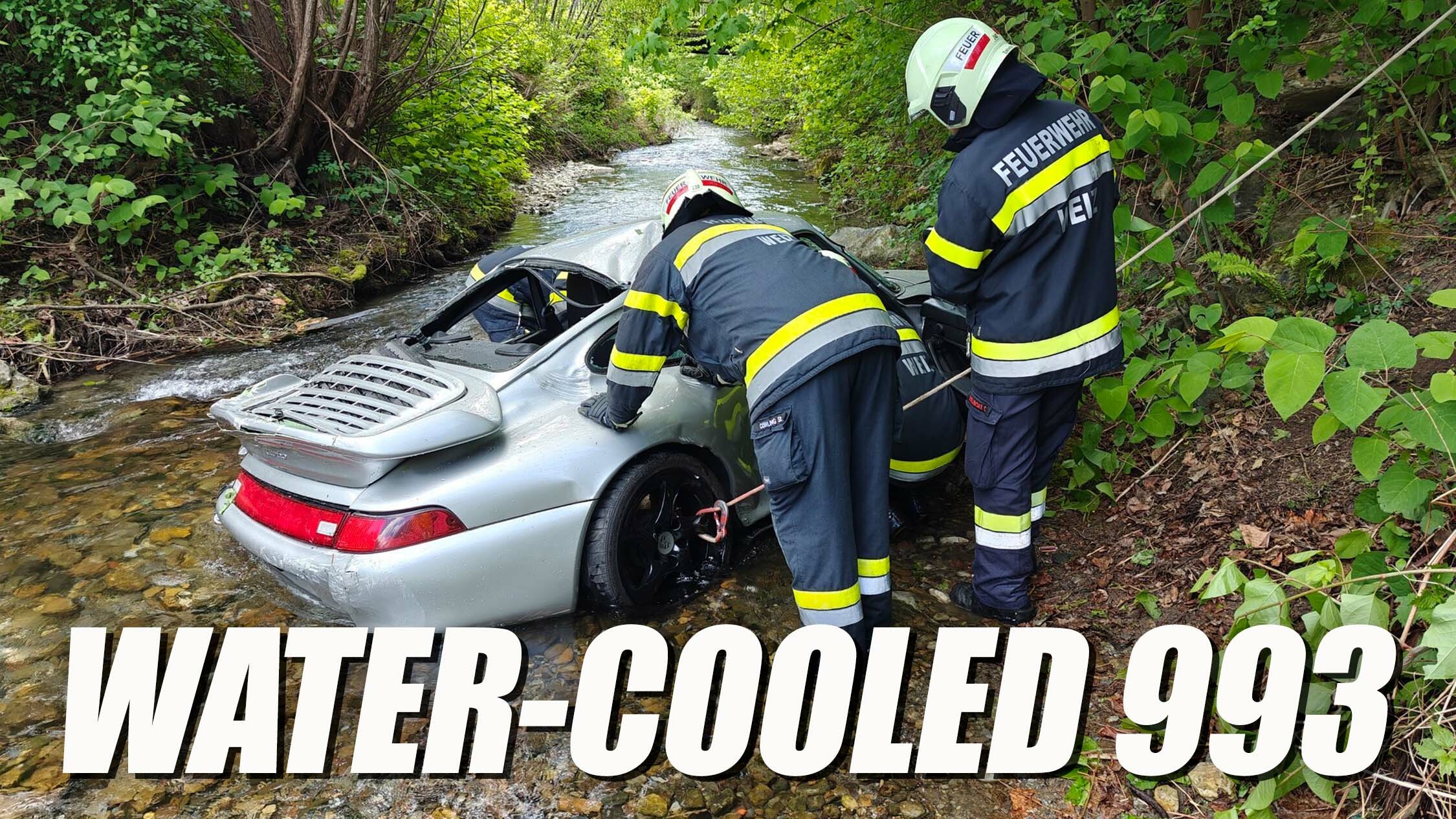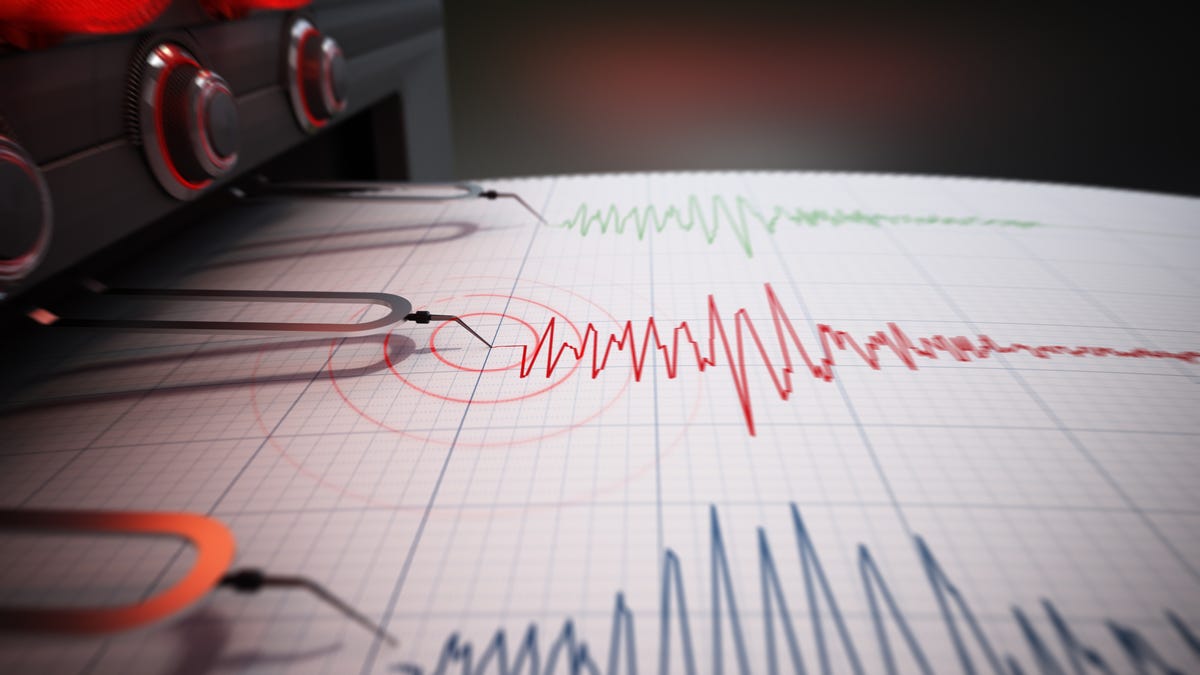The area of Greenland’s ice loss in the past three decades is roughly 36 times the size of New York City — land that is rapidly giving way to wetlands and shrubs, a study published Tuesday shows.
The amount of vegetation in Greenland doubled between the mid-1980s and mid-2010s, as swaths of the country that were once covered in ice and snow were transformed into barren rock, wetlands or shrub area. Wetlands alone quadrupled in that time.
By analyzing satellite imagery, the scientists found that Greenland had lost 28,707 square-kilometers (around 11,000 square-miles) of ice in the three-decade period, and warned of a cascade of impacts that could have serious consequences for climate change and sea level rise.



Warmer air temperatures have driven ice loss, which has in turn raised land temperatures. That has caused the melting of permafrost, a frozen layer just beneath the Earth’s surface and found in much of the Arctic, and that melt releases planet-warming carbon dioxide and methane, contributing to more global warming. Permafrost melt is also causing land instability, which could impact infrastructure and buildings.
“We have seen signs that the loss of ice is triggering other reactions which will result in further loss of ice and further ‘greening’ of Greenland, where shrinking ice exposes bare rock that is then colonized by tundra and eventually shrub,” one of the report’s authors, Jonathan Carrivick, said in a press release. “At the same time, water released from the melting ice is moving sediment and silt, and that eventually forms wetlands and fenlands.”
The loss of ice is creating what’s known as a feedback loop. Snow and ice typically reflect the sun’s energy back into space, preventing excessive heating in parts of the Earth. But as ice disappears, those areas absorb more solar energy, raising land surface temperatures, which can cause further melt and other negative impacts.
Ice melt also increases the amount of water in lakes, where water absorbs more heat than snow, which increases land surface temperatures.
Greenland has been warming at twice the global mean rate since the 1970s, and the study’s authors warn that more extreme temperatures in the future are likely.
Greenland is the world’s biggest island and is mostly covered by ice and glaciers. Around 57,000 people live in the country, which is an autonomous country within the Kingdom of Denmark. Much of the population is indigenous and many people there rely on natural ecosystems for their survival.
Michael Grimes, the report’s lead author, said that the flow of sediments and nutrients into coastal waters was particularly problematic for indigenous communities that rely on fishing, as well as for hunters on other parts of the island.
“These changes are critical, particularly for the indigenous populations whose traditional subsistence hunting practices rely on the stability of these delicate ecosystems,” he said.
“Moreover, the loss of ice mass in Greenland is a substantial contributor to global sea level rise, a trend that poses significant challenges both now and in the future.”
For more CNN news and newsletters create an account at CNN.com

Daisy Hips is a science communicator who brings the wonders of the natural world to readers. Her articles explore breakthroughs in various scientific disciplines, from space exploration to environmental conservation. Daisy is also an advocate for science education and enjoys stargazing in her spare time.







:max_bytes(150000):strip_icc():focal(728x321:730x323)/kate-hudson-bill-hudson-042624-1a-98ec5edb65f44ee19d94b512da307611.jpg)
